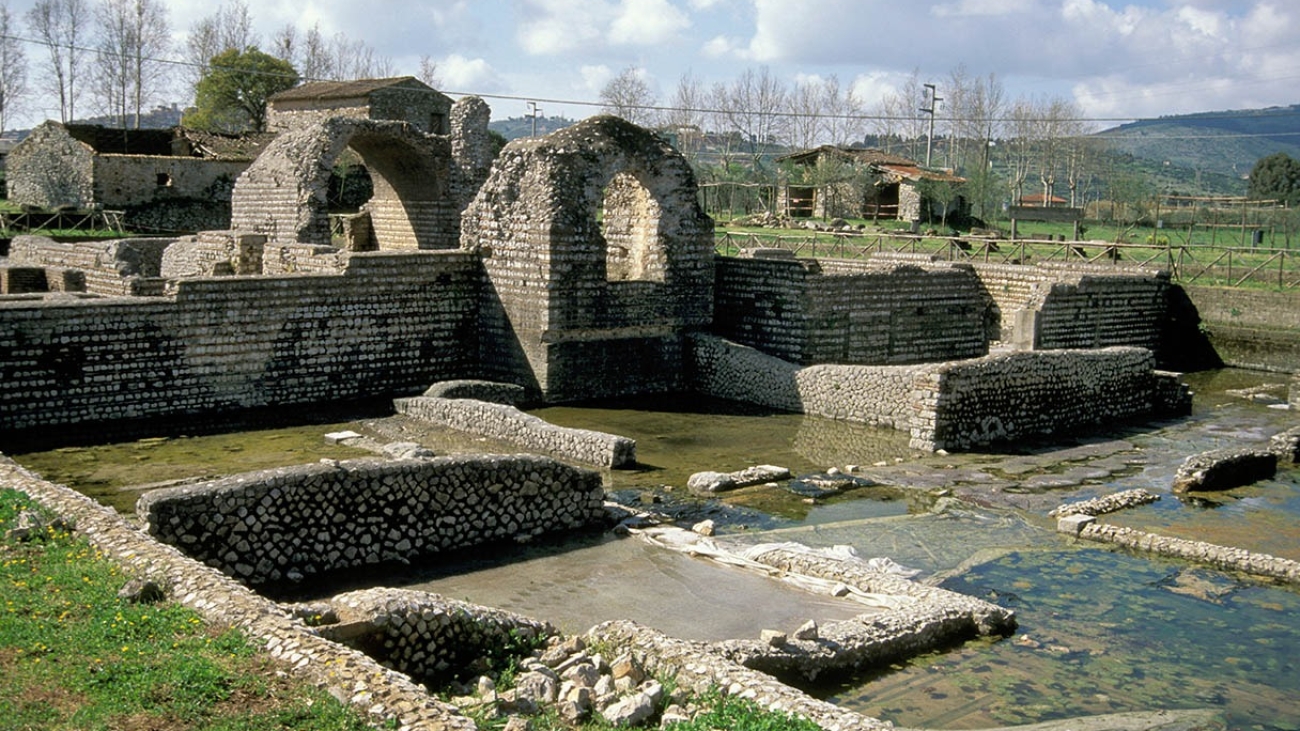The ancient Roman Empire is known for its impressive architectural achievements, many of which are still standing today. From bathhouses to aqueducts to seawalls, the Romans built structures that have stood the test of time for over two millennia. One of the key factors that has contributed to the longevity of these structures is the use of a special type of concrete that has proven to be far more durable than modern concrete.
Recently, scientists have been studying the properties of Roman concrete in an effort to understand why it remains so resilient. Their research has led them to believe that a key ingredient in the concrete may be responsible for its self-healing properties. The ingredient in question is quicklime, a common component of Roman concrete.
Quicklime is made by heating limestone to a high temperature, which causes it to release carbon dioxide. The resulting material is highly reactive and has been used for centuries as a binding agent in construction. The researchers believe that the quicklime in Roman concrete may have played a crucial role in the material’s ability to heal itself.
The researchers theorize that when the concrete is exposed to water, the quicklime reacts with the water to form calcium hydroxide. This process creates a gel-like substance that fills in any cracks that may have formed in the concrete over time. The gel then hardens, effectively sealing the cracks and preventing further damage.
This self-healing process is thought to be the reason why many Roman structures built with this type of concrete have survived for so long. In contrast, modern concrete is more susceptible to cracking and erosion, which can lead to structural failure over time.
The research on Roman concrete has important implications for modern construction. If scientists can replicate the self-healing properties of Roman concrete, it could lead to the development of more durable and sustainable building materials. This could have a significant impact on the construction industry, reducing the need for frequent repairs and maintenance and potentially saving billions of dollars in costs.
However, scientists are still studying the properties of Roman concrete and more research is needed to fully understand the mechanisms behind its self-healing properties. Additionally, it’s important to note that the ancient Romans also used techniques such as building with volcanic ash and pozzolanic materials that also helped the concrete withstand time.
In conclusion, the ancient Roman Empire’s concrete was a marvelous achievement that has stood the test of time. Thanks to recent research, scientists have found that the quicklime used in the mix may have given the material self-healing properties. If scientists can replicate these properties in modern concrete, it could lead to a revolution in the construction industry and contribute to more sustainable and resilient infrastructure for future generations.
